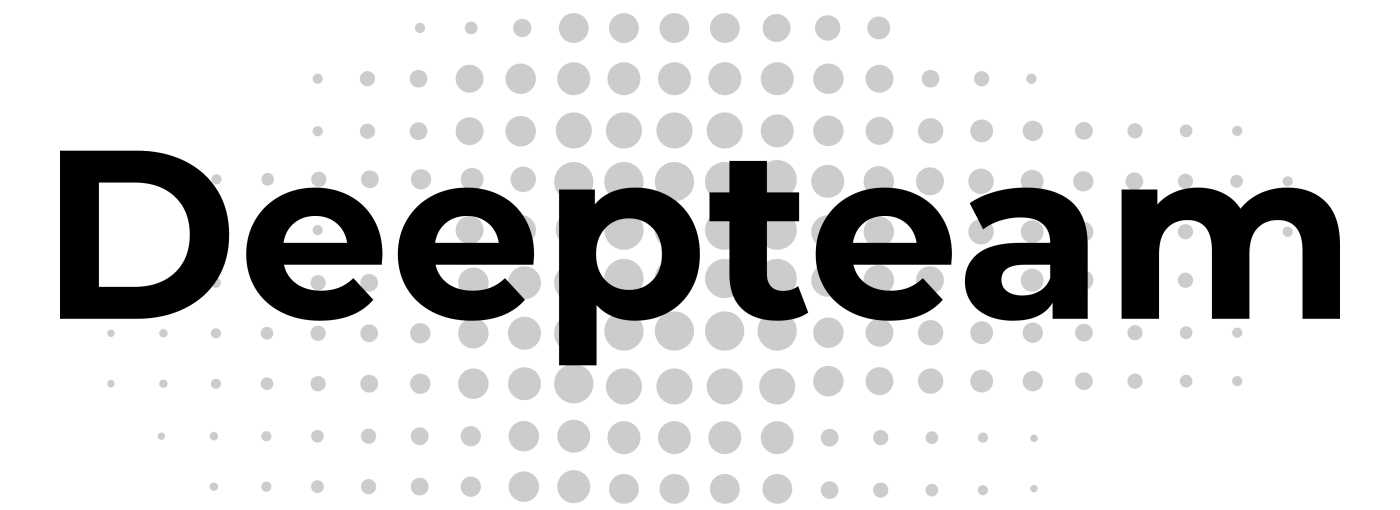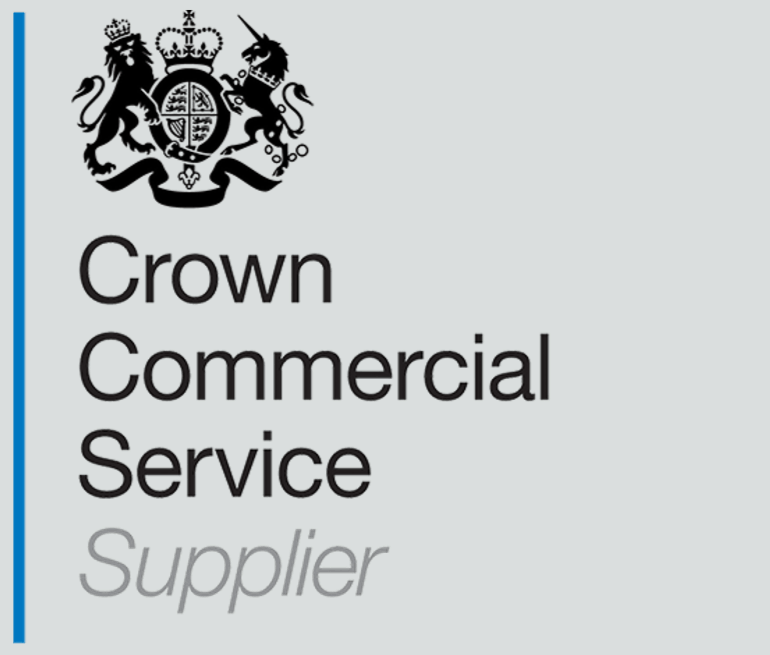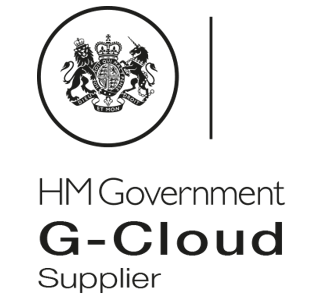Discovery
Establishing the starting points and possibilities
Having Agreeing to do 'something' BIG, having established fundamental readiness for improvement - there comes a time to delve into 'current state' details.
The BIG model provides a model of Components to explain what a BIG Organisation looks like and contains. Discovery defines which of these components are applicable and based on current state, how achievable are they.
With a desire to knit together what already exists, it may not be necessary to make much initial investment, but a roadmap can be established. For example – which BIG components are to be provided to which business units to what level of capability?
Features
- Work with stakeholders to tease out Specific Drivers, and who drives them
- Quantify stakeholder pains and gains in the context of their current roles and responsibilities
- More time to share the BIG concepts (Components, Lifecycle, planning details)
- Design responses to trigger scenarios into specific Vision Statements, and who leads them
- Identify the mapping of pains, gains and trigger scenarios to answers in the BIG Components and Lifecycle
- Understand where opportunities and threats reside
- Where does the journey start?
- Full Business Case support?
Benefits
- Key stakeholders engaged for their drivers
- Benefit basis established through pains and gains analysis
- Key stakeholders understand the application of Business Integrated Governance to their scenarios, and can overlap interest area
- Business has a solid understanding of pains and gains, can see the outline business case
- Sponsors can see a roadmap through the capability development and benefit realisation
- Overall business case outlined and agreed in principle
- Approvals process clear
Business
Business Discovery is the initial interaction with Business stakeholders. Deeper interaction will be needed later for more detail design or agile delivery. This interaction delivers high level vision for stakeholders of what exactly Business Integrated Governance looks like. It provides analysis of achievability, and compiles a business capability roadmap to show how the BIG model is applied to what level in which area. By so doing, it shows which pains, gains and other objectives / targets are addressed and when. It defines the next step and in which areas, providing the basis for an outline business case for the overall BIG initiative and Full business case for next steps.
Technology
To attempt Business Integrated Governance without an Management Information and Data backbone puts reliance on manual or point to point data sharing which can be slow and unreliable, however capable and streamlined manual processes may be.
Some organisations considering governance improvements assume that IT will be available and can be provisioned quickly. This is not always our experience, and capability may not exist or not be available for months.
Technology discovery enables the BIG initiative to plug into what exists and set enablers running to fill the gaps.
We recommend that in parallel with Business Discovery, Technology Discovery happens to identify the current tools, data integration and MI capability and roadmap. For BIG, this may identify gaps which may need prioritising.



